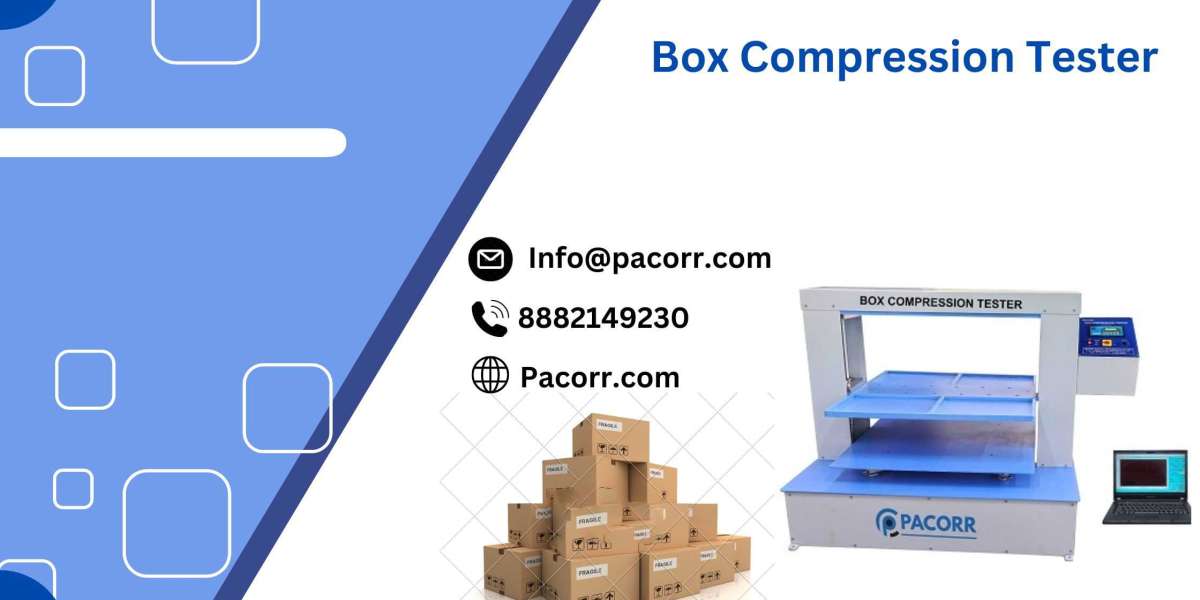The textile industry, one of the oldest industries in the world, has always been at the forefront of innovation. From the invention of the spinning wheel to the development of synthetic fibers, textiles have continually evolved to meet the needs of society. Today, the industry stands on the brink of another revolution, driven by nanofiber technology. This cutting-edge innovation is not only enhancing the properties of traditional textiles but is also opening up new possibilities that were once the realm of science fiction.
What Is Nanofiber Technology?
Nanofiber technology involves the creation of fibers at the nanometer scale—one billionth of a meter. To put this into perspective, nanofibers are roughly 1,000 times thinner than a human hair. This incredibly small size gives nanofibers unique properties that are not present in conventional fibers. These properties include a high surface area-to-volume ratio, the ability to form very fine and intricate structures, and enhanced mechanical strength. The versatility of nanofibers makes them suitable for a wide range of applications, from filtration and medical devices to electronics and, most importantly, textiles.
The Role of Nanofibers in Textiles
Nanofibers are poised to redefine the textile industry by offering unprecedented improvements in performance, durability, and functionality. Here’s how nanofiber technology is shaping the next generation of textiles:
1. Enhanced Durability and Strength
One of the most significant advantages of nanofibers is their mechanical strength. Despite their small size, nanofibers can be incredibly strong, making them ideal for creating durable fabrics. Textiles enhanced with nanofibers can withstand wear and tear much better than traditional fabrics. This increased durability is particularly beneficial for industries that require robust materials, such as aerospace, military, and sportswear.
2. Advanced Filtration Capabilities
Nanofibers are being used to create textiles with advanced filtration capabilities. Due to their small size and high surface area, nanofibers can filter out particles that conventional fibers cannot. This makes them ideal for creating protective clothing, air filtration systems, and medical textiles such as face masks and gowns. In a world increasingly concerned with air quality and disease prevention, textiles enhanced with nanofiber technology offer a powerful solution.
3. Smart Textiles and Wearable Technology
The integration of nanofibers into textiles is paving the way for smart textiles—fabrics that can interact with the environment and the wearer. Nanofiber technology enables the development of textiles that can monitor vital signs, regulate body temperature, and even generate energy. These smart textiles have applications in healthcare, sports, and military sectors, where they can provide real-time data and adapt to changing conditions. Imagine a fabric that can keep you cool in the heat, warm in the cold, and monitor your heart rate—all while being lightweight and comfortable.
4. Improved Comfort and Breathability
Comfort is a key factor in the success of any textile product. Nanofiber technology allows for the creation of textiles that are not only strong and durable but also incredibly comfortable. The small size of nanofibers allows for the production of fabrics that are lightweight and breathable, yet still provide excellent insulation. This combination of comfort and performance makes nanofiber-enhanced textiles ideal for everyday wear, as well as for high-performance applications.
5. Environmental Sustainability
The textile industry has long been criticized for its environmental impact, from the use of harmful chemicals to the generation of textile waste. Nanofiber technology offers a more sustainable approach to textile production. For instance, nanofibers can be produced using biodegradable polymers, reducing the environmental footprint of textiles. Additionally, the increased durability of nanofiber-enhanced textiles means that products last longer, reducing the need for frequent replacement and thus decreasing waste. As the world shifts towards more sustainable practices, nanofiber technology will play a crucial role in creating environmentally friendly textiles.
6. Medical Textiles and Wound Care
In the medical field, nanofibers are being used to create textiles with unique properties that can aid in wound healing and prevent infections. Nanofiber-based dressings can promote cell growth and provide a barrier against bacteria, making them ideal for wound care. Additionally, the ability to incorporate drugs into nanofiber textiles opens up new possibilities for controlled drug delivery, where medications are released slowly over time as the textile comes into contact with the skin. This innovation could revolutionize the way we approach wound care and chronic disease management.
The Future of Nanofiber Technology in Textiles
The potential applications of nanofiber technology in textiles are vast and varied. As research and development continue to advance, we can expect to see even more innovative uses for nanofibers in the textile industry. From self-cleaning fabrics to textiles that can repair themselves, the possibilities are endless. Furthermore, as production methods become more refined and cost-effective, nanofiber-enhanced textiles will become more accessible, making their way into everyday products and revolutionizing the way we think about clothing and fabrics.
In conclusion, nanofiber technology is not just an incremental improvement in the textile industry—it represents a paradigm shift. By enhancing the properties of traditional textiles and enabling the development of entirely new products, nanofibers are shaping the next generation of textiles in ways that were unimaginable just a few decades ago. As companies like Matregenix continue to push the boundaries of what’s possible with nanofiber technology, the future of textiles looks incredibly promising. Whether it’s in the clothes we wear, the medical devices we use, or the protective gear that keeps us safe, nanofibers are set to play a pivotal role in our everyday lives.







